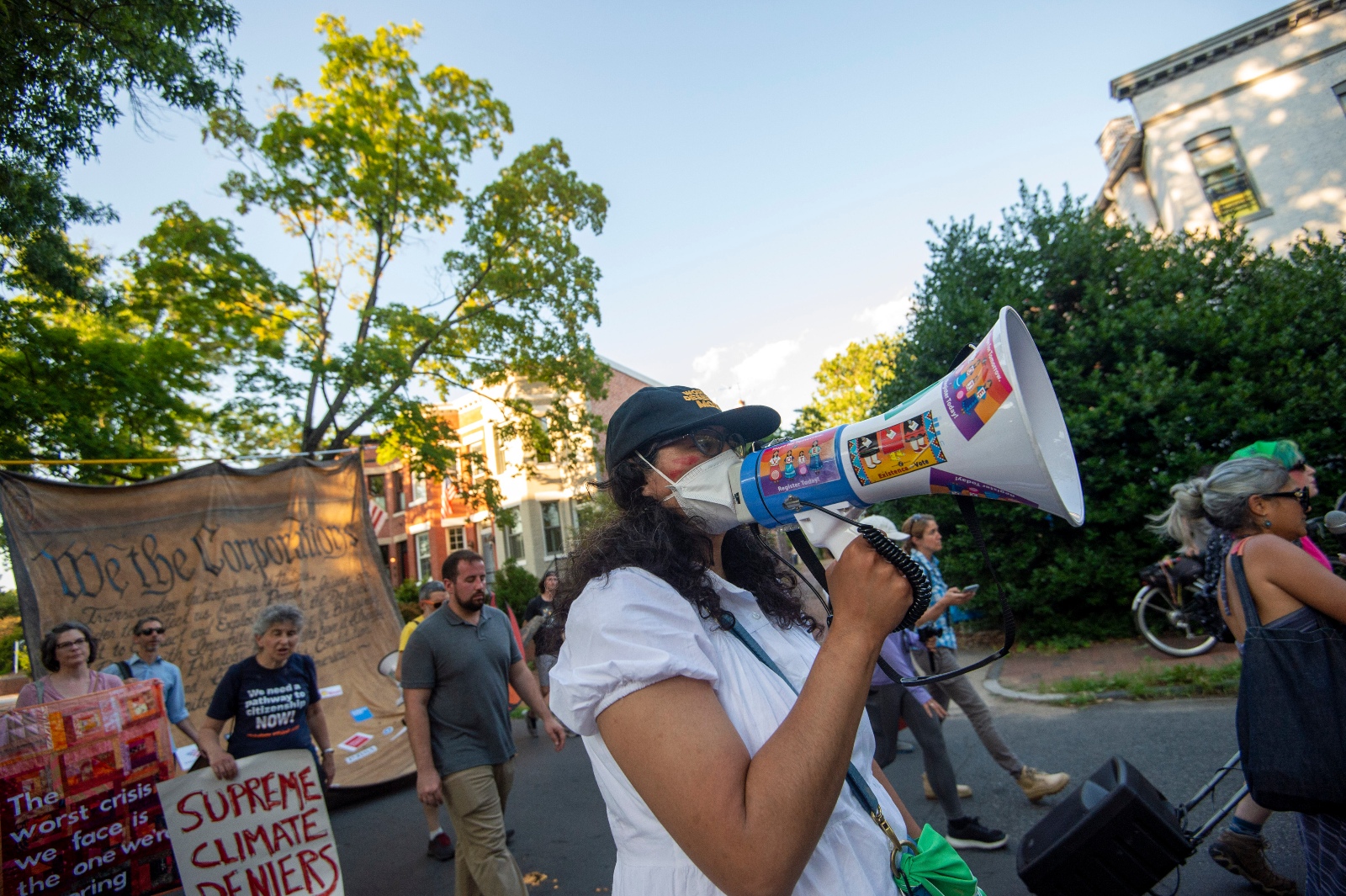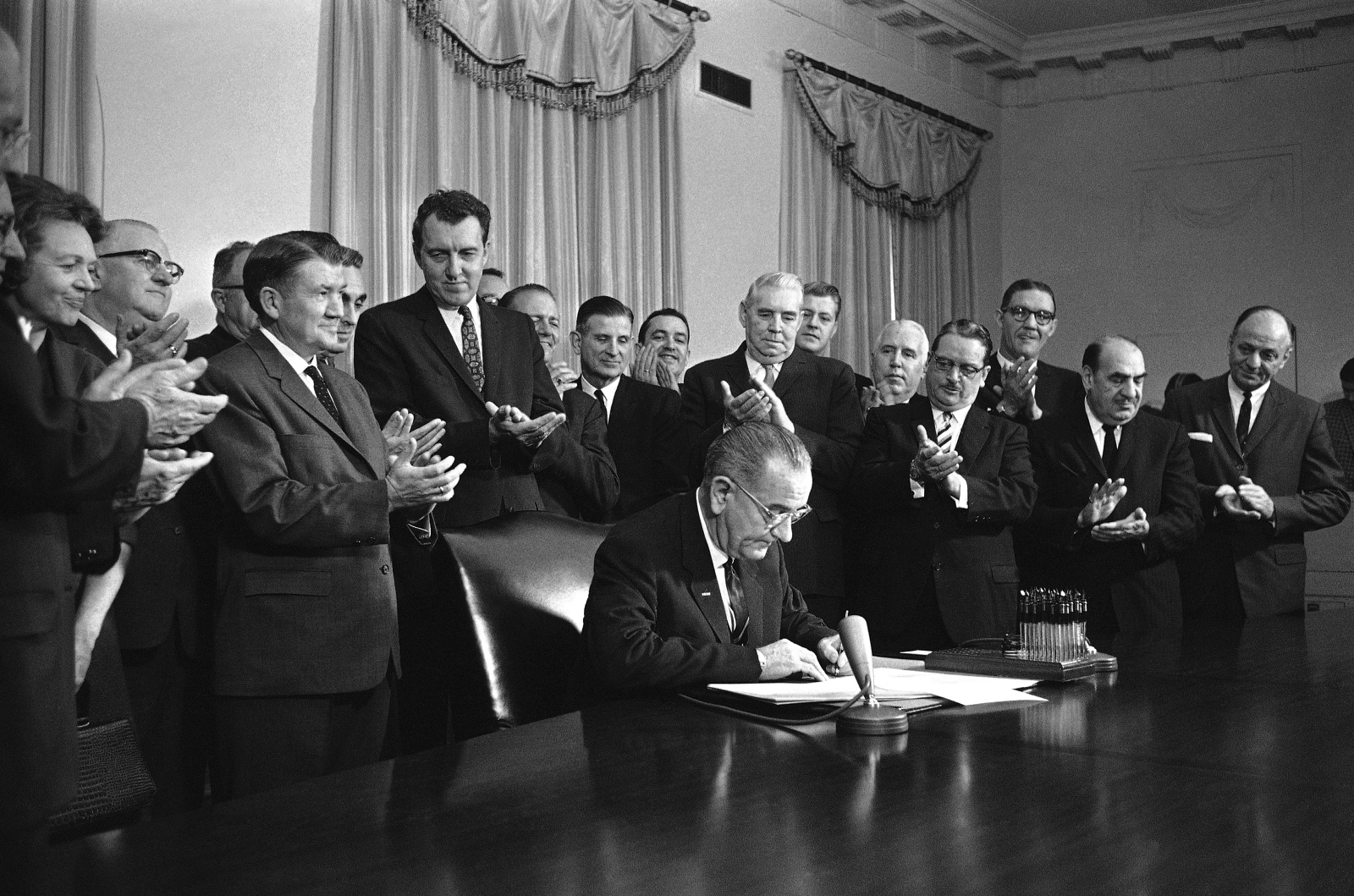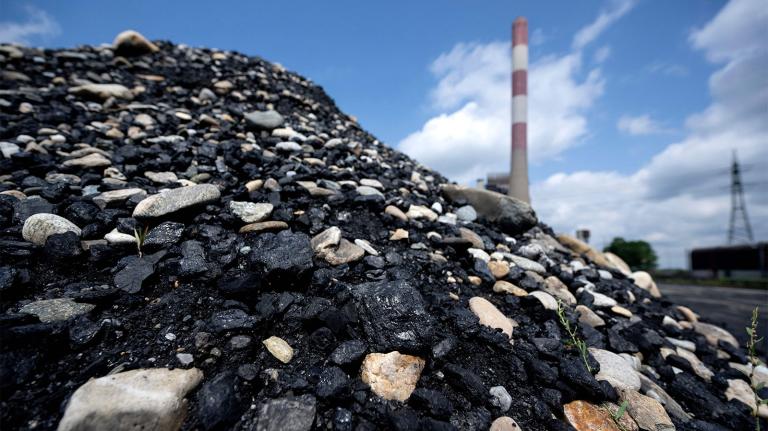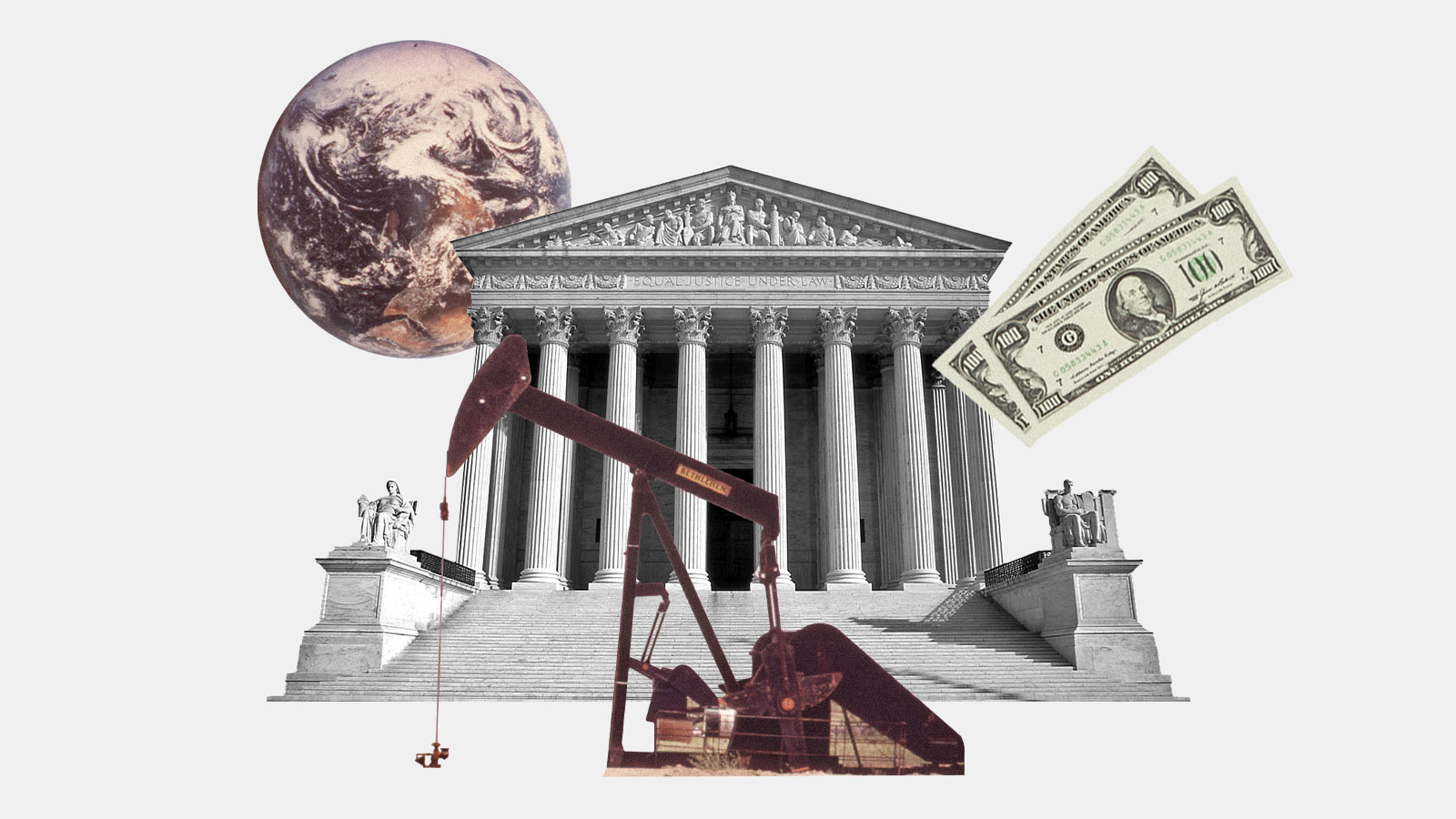It was a bad time to be working for the chemical industry as a public relations manager. In June of 1962, Rachel Carson had published Silent Spring, a soon-to-be-bestseller that prompted a wave of public concern over pesticides and pollution. A young man named E. Bruce Harrison, the newly minted PR rep for the Manufacturing Chemists’ Association, launched a series of personal attacks against Carson (she wasn’t a “real” scientist, she was biased because she had cancer, maybe she was a communist). The tactic failed: The industry was branded as a villain, and it got stuck dealing with new regulations.
Out of that failure, Harrison came up with a new strategy in the 1970s that would inform his work advising polluting industries in the coming decades. The key to sidestepping regulation was not about antagonism, he figured, but compromise, as the scholar Melissa Aronczyk has documented. What if the environment, energy, and the economy would all be given equal weight? Calling for “balance” between these “Three Es” would lend credence to the industry’s position, making it look reasonable and responsible — and leave environmentalists looking like the ones trying to destroy the economy. Through grassroots efforts, media campaigns, and testimonies at regulatory hearings in the ’70s and ’80s, Harrison spread the idea that economic growth and environmental protection should be given equal consideration.
The strategy proved to be an enormous success, to the point that it played a crucial, but quiet, role when the Supreme Court handed down its decision on West Virginia v. EPA last week. The case concerned the Environmental Protection Agency’s authority under the Clean Air Act to force power plants to cut their pollution through the Clean Power Plan — an Obama-era program that never went into effect. In the court’s 6-3 ruling, Chief Justice John Roberts wrote that federal agencies need clearly stated, explicit approval from Congress to adopt regulations that could have wide social and economic consequences, a decision that will likely be used to diminish government agencies’ regulatory powers.
Not even Justice Elena Kagan, who wrote the dissent, argued against the need for balance. Harrison’s framing has provided the backdrop for political discussions around the environment for so long that it goes unnoticed — with sometimes disastrous results.
“This viewpoint of the ‘Three Es’ has reigned for 30 years, and it has been a catastrophe,” said Robert Brulle, a sociologist at Brown University. “The results of this have been a steady march of inaction. We’re certainly in the range of dangerous climate change, and we’re coming up to the realm of catastrophic climate change. And so when do we call this out as a failure of policy?”

The court’s decision on West Virginia v. EPA relied on the “major questions doctrine,” a vague principle invented by judges, with no basis in the Constitution, that federal agencies cannot make decisions of wide “economic and political significance” unless Congress clearly authorized it.
Some parts of the conservative majority’s arguments rely on the thinking behind the Three Es, emphasizing effects on the environment and economy. Justice Neil Gorsuch, in his concurring opinion, pointed to “suggestive factors” that support the court’s decision: that the rule in question could have closed dozens of power plants, eliminated thousands of jobs, and potentially — according to “industry analysis” — cause people’s electricity bills to rise by $200 billion.
In the dissent, Kagan cited a line from a 2011 case concerning whether corporations could be sued for greenhouse gas emissions. The court dismissed that case because the Clean Air Act gave the authority to manage carbon dioxide emissions to the EPA, which the late Justice Ruth Bader Ginsburg argued was better positioned to assess the needs of “competing interests” than federal judges. “Along with the environmental benefit potentially achievable, our Nation’s energy needs and the possibility of economic disruption must weigh in the balance,” she wrote.
It was Harrison’s Three Es, enshrined in an earlier Supreme Court decision.
This idea of “balance” has also done little to protect the economy, one of the three pillars. Homes are burning down and flooding more often, causing home insurance to skyrocket; extreme heat is killing cows and crops, affecting our food supply. Climate change is projected to shrink the U.S. economy by as much as 9 percent within 30 years. “Yes, the Clean Power Plan would have had a significant impact on the economy and our energy mix and the cost of energy, but so does climate change,” said Jennifer K. Rushlow, director of the Environmental Law Center at Vermont Law School. “The majority opinion just sort of ignores that fact.”

Back in the post-Silent Spring 1960s, environmental legislation relied on different principles. The laws that put stricter safety standards on the chemical industry in the 1960s were guided by a moral framework that stigmatized polluters and protected public health. In 1963, the Clean Air Act became the first federal legislation to control air pollution. The ensuing years raised awareness about environmental problems (during the first Earth Day in 1970, an estimated 20 million Americans took to the streets) and brought more legislation, such as the Clean Water Act in 1972 and Endangered Species Act in 1973. Underlying these laws was a philosophy articulated by the biologist Barry Commoner, who argued in the 1971 book The Closing Circle that the ecosystem had unbending limits, and that a sustainable society would restructure the economy to fit inside those bounds.
This put the industry in a hard place. “It took the ’70s to get their act together to counter that,” Brulle said. The oil shortages in 1973 and 1979 caused gas prices to soar and led to “panic at the pump,” providing an opportunity for the oil and gas industry to inject economic and energy concerns into the debate. At the time, Harrison was working for companies that were hoping to weaken the Clean Air Act. Under his guidance, The National Environmental Development Association — a trade group made up of chemical, petroleum, and mining companies — promoted the idea of “balance” in its call for weaker regulations, worked to establish its own standards for assessing air pollution, and gathered public support.
Around the same time, economics was taking a larger role in policymaking. In 1975, the federal government formed the Congressional Budget Office to provide nonpartisan, cost-focused analysis to guide legislation around poverty, health, and the environment. Economics became the predominant lens for evaluating proposals. This all had the impact of dialing down ambition, and the moral framework that guided previous environmental legislation lost its hold, as the sociologist Elizabeth Popp Berman has written.
The new framework favored corporations. In the early 1990s, the fossil fuel industry began commissioning economists to produce research that made legislation look prohibitively expensive. In 1991, for instance, one industry-funded study found that imposing a carbon tax of $200 a ton would shrink the U.S. economy by 1.7 percent by 2020, a finding widely reported in the press. These analyses often omitted important considerations, such as the cost of failing to act on climate change.
In other words, the “balance” that the fossil fuel industry was calling for lacked a sense of balance. But it has shaped the way that people think about climate change and the economy today, including justices on the Supreme Court.




